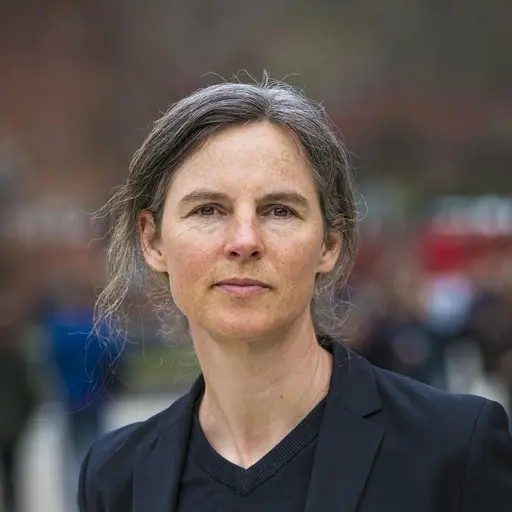The research area Spatial Morphology (SMoG) examines how space as defined by the built environment (spatial form) influences and organizes human activities. Digital models of the built environment are used to study how the design and arrangement of buildings and streets influences complex human interactions, such as movement, co-presence, and broader social and economic phenomena, including social segregation and economic clustering.

Research focus
The study of spatial form is central to architectural research, encompassing technical, utilitarian, and aesthetic dimensions, each with distinct theoretical and methodological approaches. The research area Spatial Morphology (SMoG) examines how spatial form influences and organizes human activities within the built environment, both at the building and urban scales. Positioned within urban and building morphology, SMoG integrates traditional morphogenetic and morpho-functional analyses into rigorous analytical frameworks to develop theories about the built environment.
This approach connects spatial form to complex human interactions, such as movement, co-presence, and broader social and economic phenomena, including social segregation and economic clustering. Additionally, by considering non-human agents, like birds and bees, SMoG expands into ecological themes, addressing biodiversity and ecosystem services. These studies contribute to understanding how spatial form underpins critical systems central to sustainability.
Advances in digitalization have been pivotal, enabling more sophisticated modeling of spatial form's systemic properties, revealing hidden qualities of spaces within broader systems. This progress has significant implications for both practice and research. Practitioners gain evidence-based tools to design cities that meet societal goals with precision, while researchers in architecture and related disciplines, such as urban sociology, economics, and ecology, benefit from enriched morphological concepts to explore spatially embedded phenomena.

What's happening now at SMoG
Visit our external web page to learn more about our projects, useful tools and teaching activities
Research agenda
Looking forward, SMoG prioritizes three areas:
1. To address the critical issues of urbanization, climate change and biodiversity loss, there is need to add natural and ecological elements to current digital models to achieve proper study of how the design and arrangement of buildings, streets and green areas also influence biodiversity and ecosystem services as well as human-nature interactions.
2. To support professional practice to be firmly based in disciplinary theory, for instance in the planning and design of sustainable neighborhoods, there is need for both evidence and understanding, where not least tools must be developed to support a knowledge-based practice that both guides design decisions and assesses planning proposals.
3. Because the study of human use of buildings remains an understudied area, buildings and their positioning in the urban fabric will be studied, using similar theory and methodology as used by SMoG on the urban scale, with the aim to investigate how building design influences human behavior, such as movement and human interaction. This is especially important in complex buildings such as hospitals and musea.
Key Publications
Spacematrix: Space, density and urban form
Meta Berghauser Pont, Per Haupt
Nai010 Publishers (open access 2023)
Lars Marcus
Dokument Press (2023)

Research stories
Researchers investigate the secret life of animals at Chalmers
Members

- Full Professor, Urban Design and Planning, Architecture and Civil Engineering

- Full Professor, Urban Design and Planning, Architecture and Civil Engineering

- Senior Researcher, Urban Design and Planning, Architecture and Civil Engineering

- Associate Professor, Urban Design and Planning, Architecture and Civil Engineering
- Postdoc, Urban Design and Planning, Architecture and Civil Engineering

- Postdoc, Urban Design and Planning, Architecture and Civil Engineering

- Postdoc, Urban Design and Planning, Architecture and Civil Engineering
- Visiting Researcher, Urban Design and Planning, Architecture and Civil Engineering

- Visiting Researcher, Urban Design and Planning, Architecture and Civil Engineering

- Doctoral Student, Urban Design and Planning, Architecture and Civil Engineering